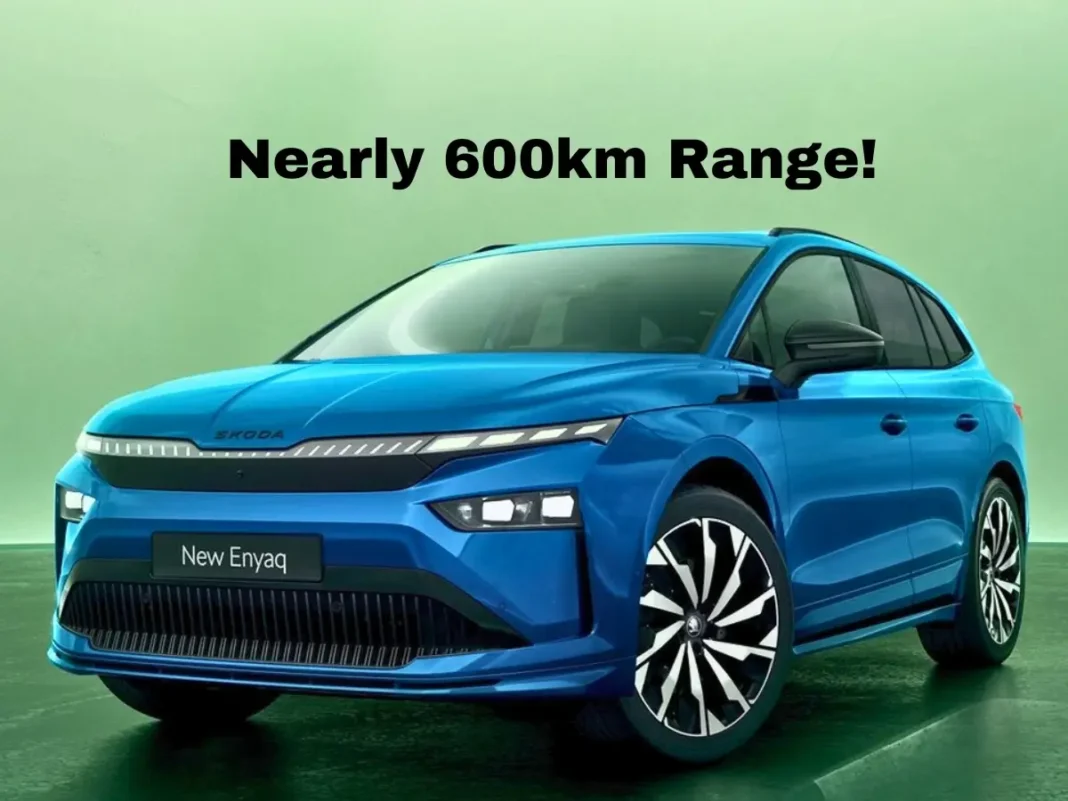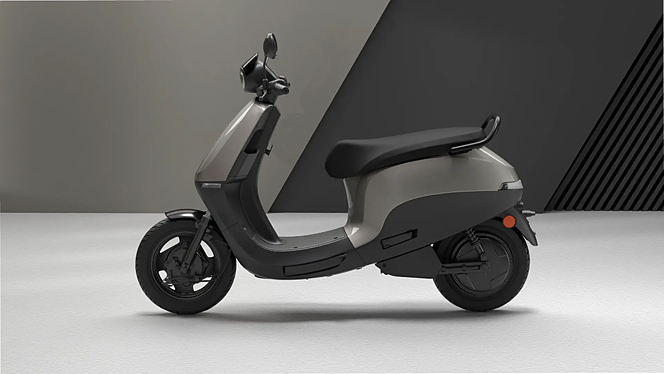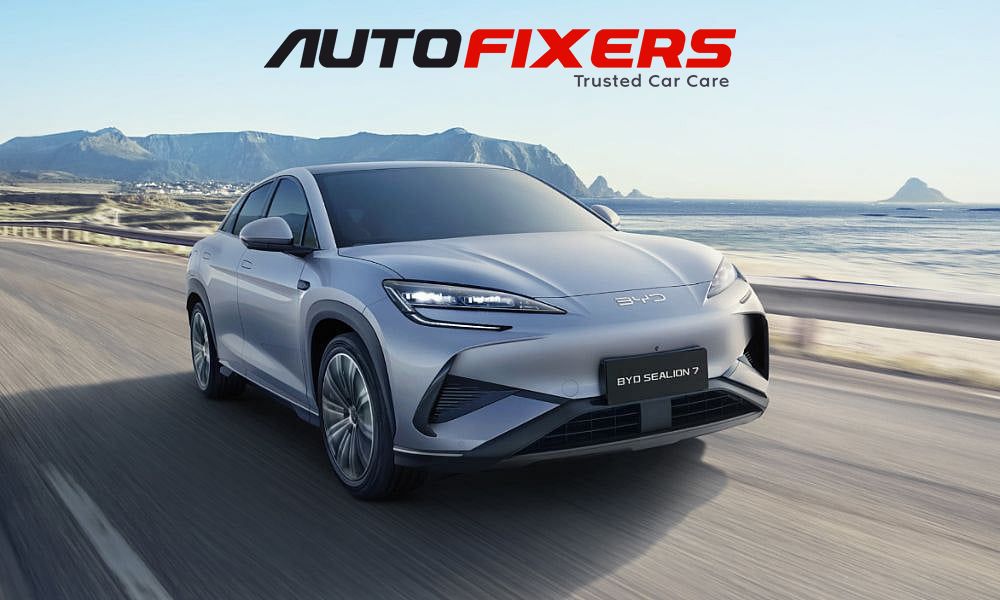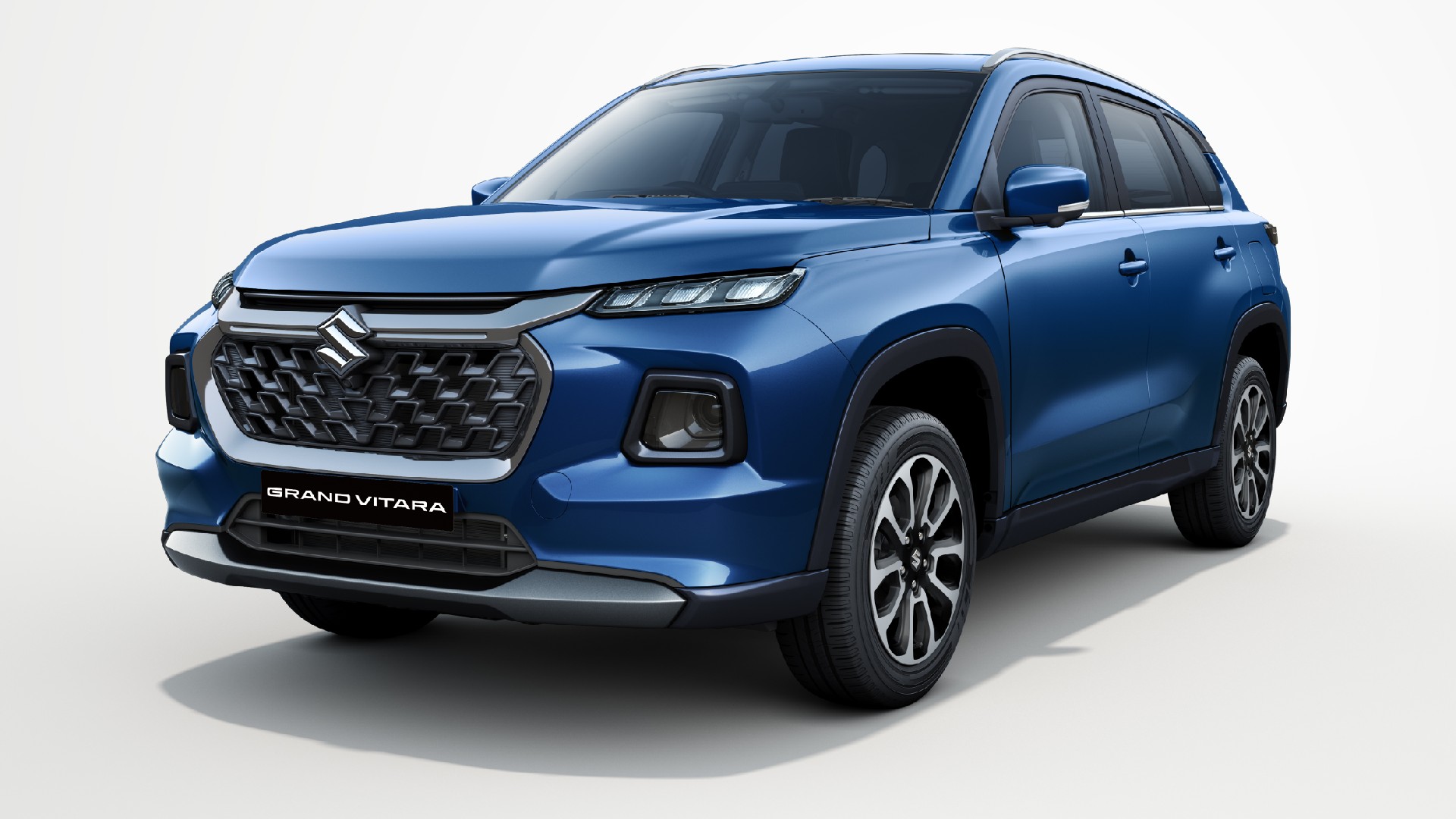Automotive Progress and Driving Experience
Has the automobile reached its pinnacle? In terms of technological advancements, the answer is a resounding no. However, if we evaluate the driving experience of modern vehicles compared to those from a decade or two ago, a distinct observation can be made. While today’s cars may boast higher speeds, a critical question arises: Are they genuinely more enjoyable to drive? The straightforward answer often seems to be no.
Steering Dynamics
A fundamental aspect of driving pleasure is the steering feedback. This element is particularly noticeable in today’s world of lightweight steering systems designed for ease of use. Although electric steering technology has improved significantly, it still lags behind the feel provided by traditional hydraulic systems. The immediate torque provided by electric motors tends to dampen genuine feedback, whereas hydraulic steering enhances the driving experience with a gradual increase in resistance. This allows drivers to better sense the road grip as they maneuver through corners, an experience that modern, overly-assisted steering systems fail to replicate.
Suspension and Agility
This lack of connection extends to suspension and overall vehicle agility. Vehicles of the past often featured simpler suspension setups, free from the complexities of modern adaptive systems. This simplicity translated to a more engaging driving experience during turns and transitions. Modern vehicles, while employing stiffer chassis for improved grip, have become heavier, compromising agility. Essentially, as cars deviate from lightweight, nimble designs reminiscent of go-karts or single-seaters, the joy of driving diminishes.
Insulation and Driving Connection
Another factor impacting the driver’s feel is the level of sound insulation in contemporary cars. Modern vehicles prioritize noise reduction, which effectively distances the driver from the environment outside. In contrast, cars lacking extensive sound dampening allow for greater immersion in the driving experience. This direct connection provides richer feedback about how the vehicle handles the road, ultimately enhancing the overall enjoyment of driving.
Engine Characteristics
The engine’s design also plays a vital role in the driving experience. Many vehicles from the past decade or so are equipped with naturally aspirated engines, offering prompt responsiveness without the aid of turbos. These engines deliver power across a broad range, ensuring that drivers receive power precisely when it’s needed.
The Resurgence of Appreciation
These attributes contribute to the rising value of older models, which may lack the sophistication of newer vehicles but offer a driving experience that modern cars often can’t match. With contemporary cars increasingly leaning toward the SUV trend, one might reminisce about a time when cars were designed primarily for the enjoyment of driving.





